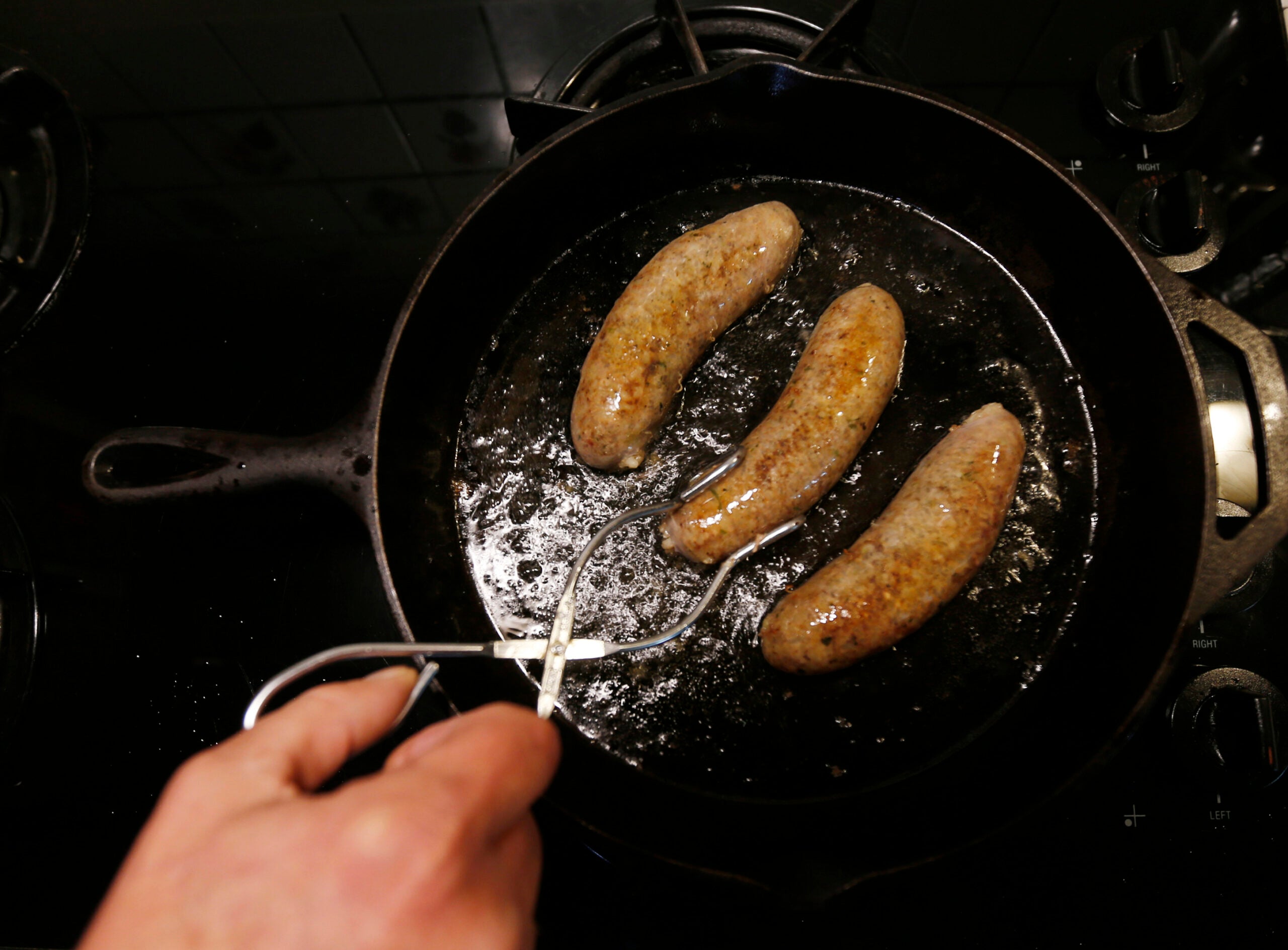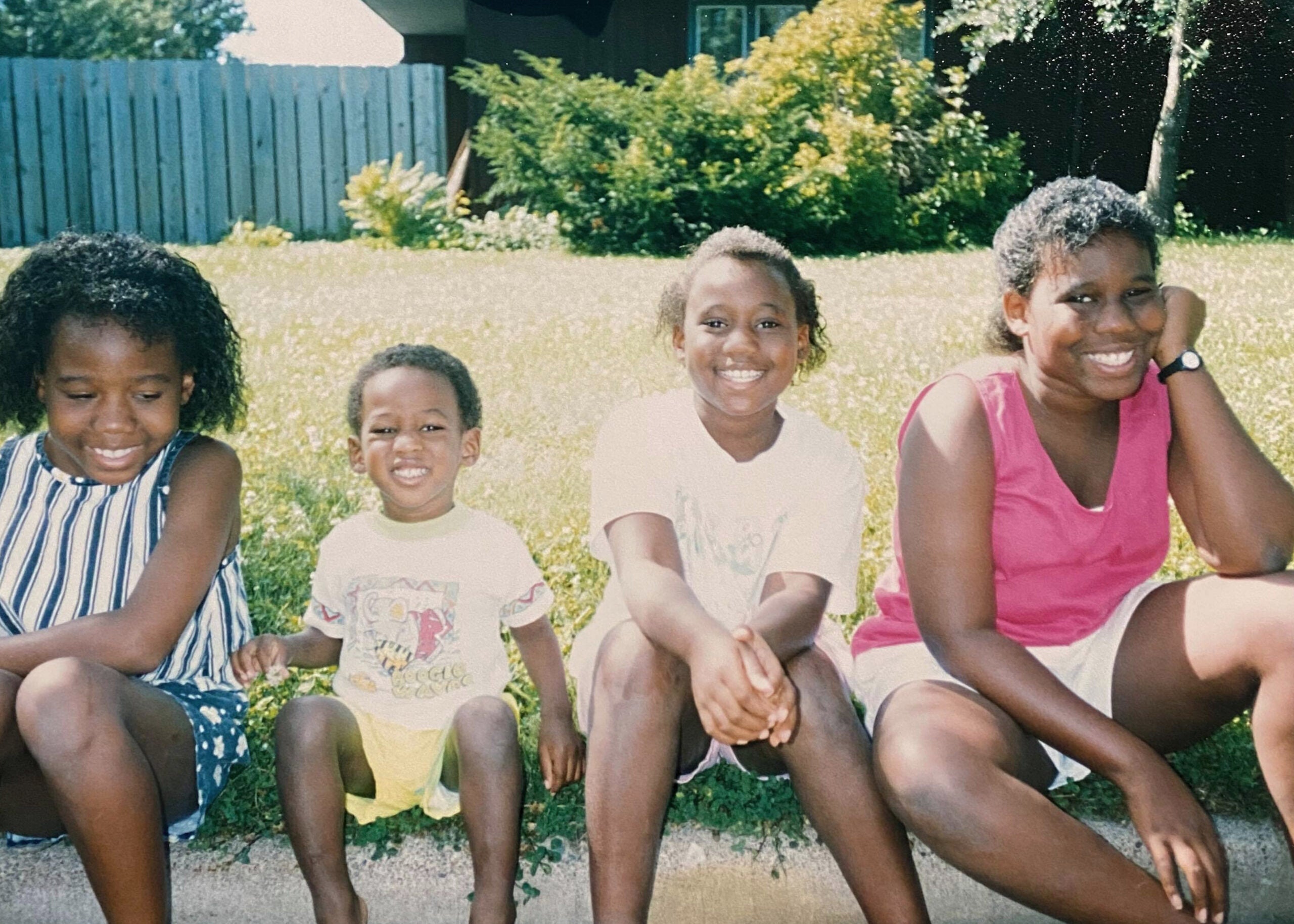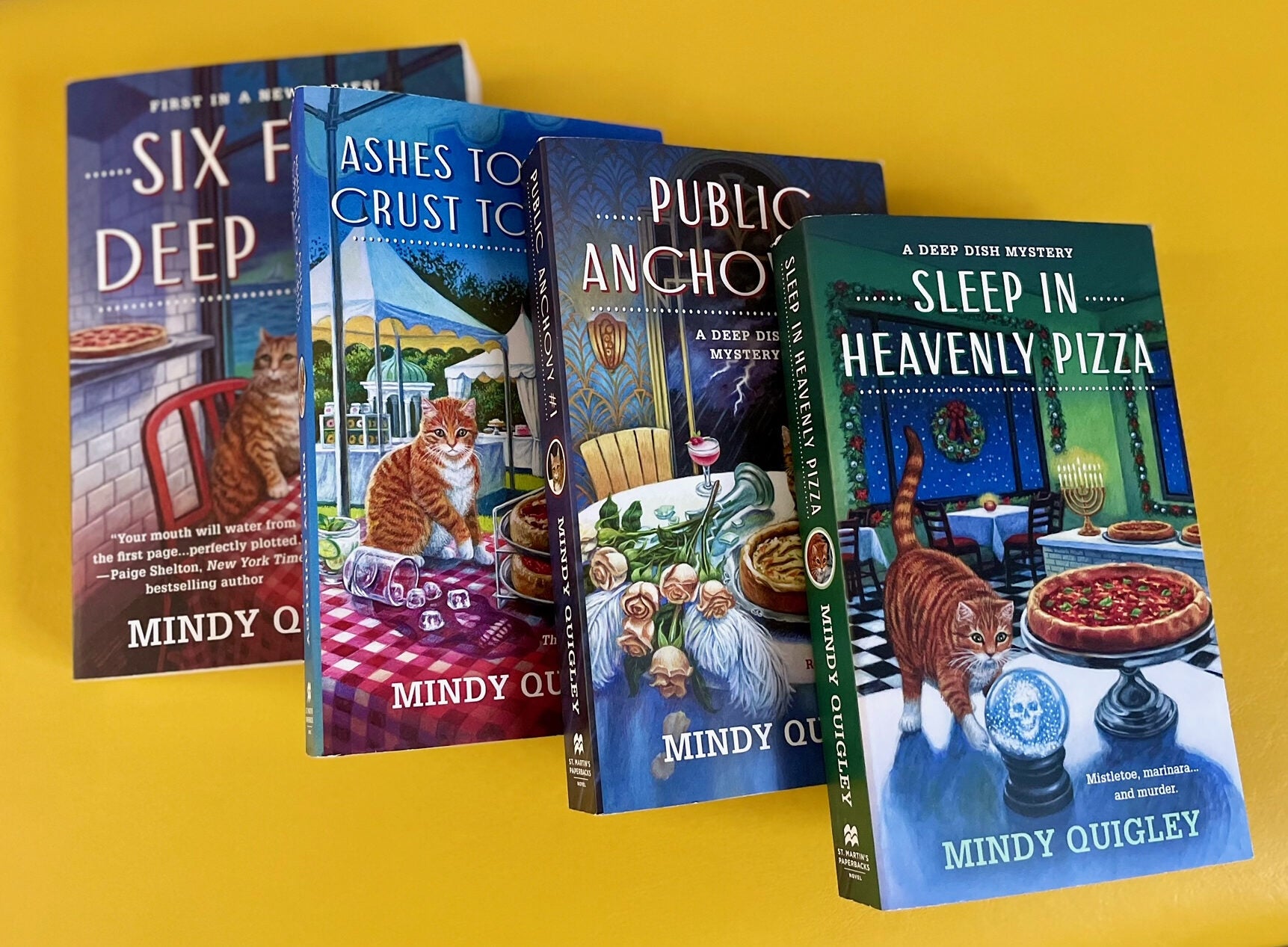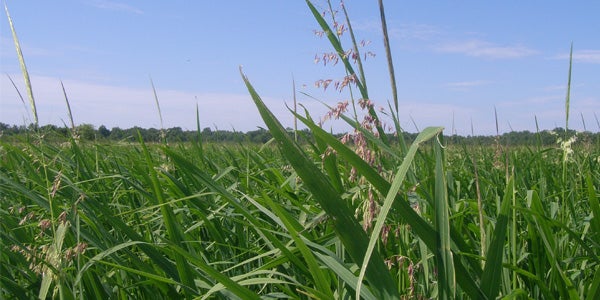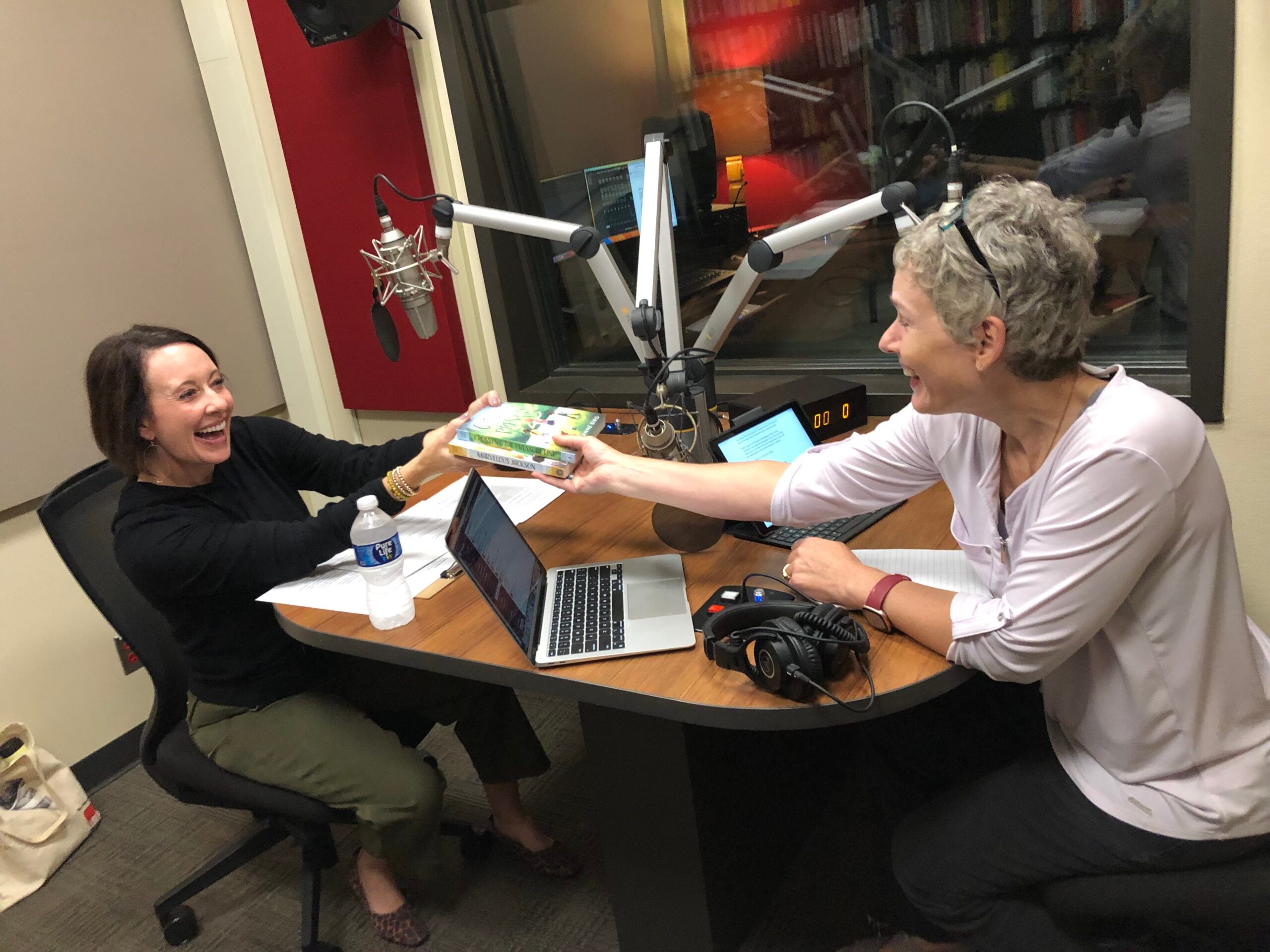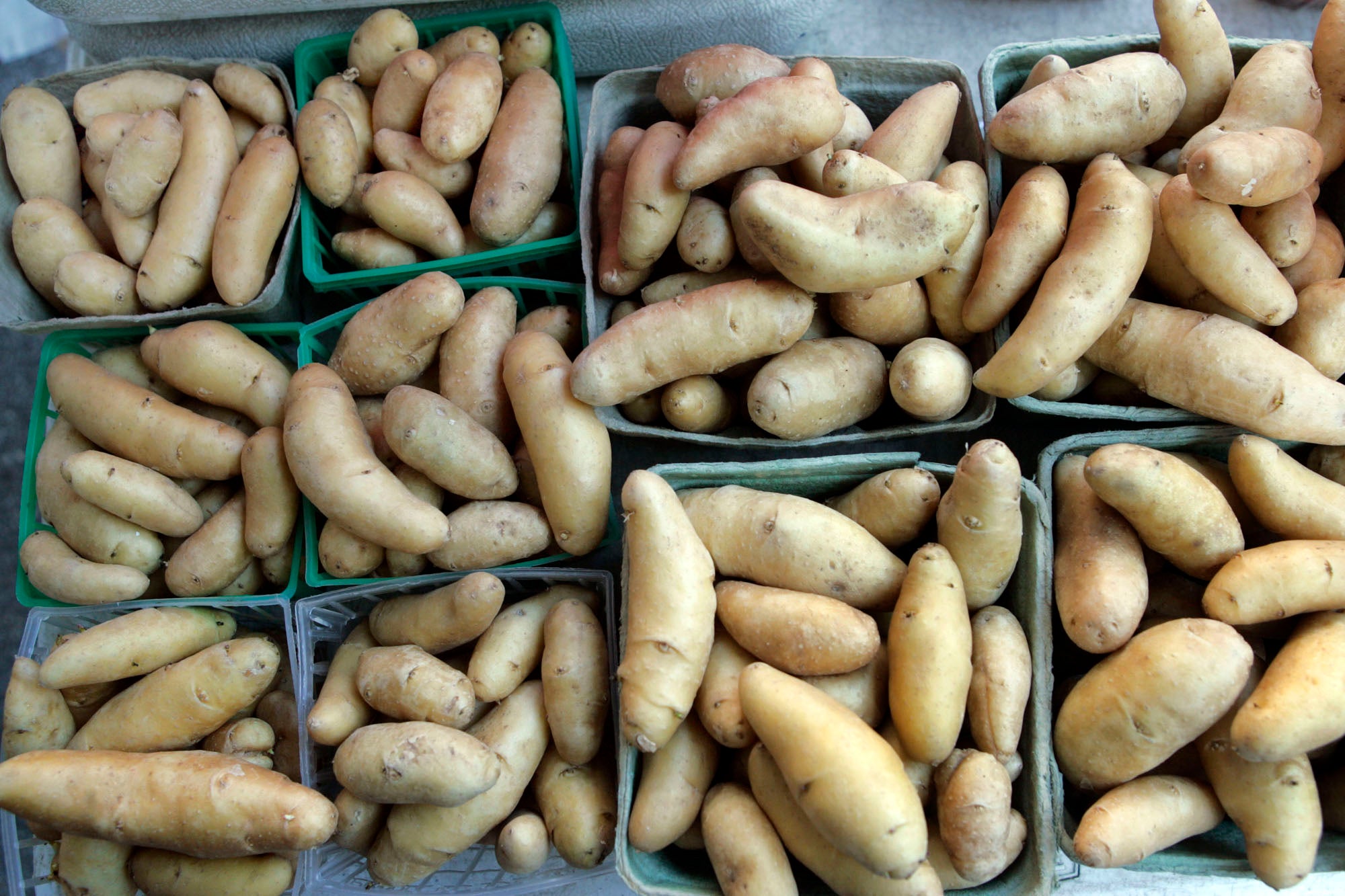What started as a one-room cabin with no electricity in 1949 would eventually become a fully stocked family getaway with all the amenities for Victoria Shearer.
She’s been going to her family’s property in Mercer, Wisconsin since she was 4 years old, and it’s given her a lifetime of memories with family and food.
Those feelings were the inspiration for her new book “Way Up North Wisconsin Cookbook: Recipes and Foodways from God’s Country,” published by Rowman & Littlefield.
Stay informed on the latest news
Sign up for WPR’s email newsletter.
She spoke with WPR’s “Wisconsin Today” about her favorite recipes and the northern Wisconsin history behind them.
The following was edited for clarity and brevity.
Kate Archer Kent: The title of the book comes from your father referring to northern Wisconsin as “God’s Country” where your family built a one-room cabin. What are your early memories of food and cooking up north?
Vicki Shearer: I think my biggest memory is when my grandmother made potato pancakes, and I have a full section of that in the book, a recipe of it. My grandpa would grate the potatoes and the onions, and then she would make the potato pancakes, one at a time, the size of a dinner plate. We stood in line and waited our turn, and we got one of these pancakes, it was usually served with a side of fried fish that my father had caught in the lake.
My grandmother never wrote anything down, of course. They didn’t have recipes. But my aunt Fern, in her elder years, came up to visit me, and so we made the potato pancakes like grandma would do. But she didn’t have a recipe either, so what she’d do is she’d say, “Okay, it’s this many potatoes,” and she put them in a bowl, and I measured them. “It’s this many onions,” and then I’d measure them. That’s how I came up with the recipe, because she only felt her way through it, just like grandma did.
KAK: How would you characterize the food and the cooking style of up north? It goes in a lot of different directions.
VS: We do the Wisconsin thing of the beer, the cheese and the sausages. That carries through the whole state. It’s the Holy Trinity. The dominance of lake fish (and) fish fry is a big deal in northern Wisconsin. Virtually every saloon and restaurant has one on Friday night. And I think it’s just the basic simplicity. We’re all uncomplicated people up there.
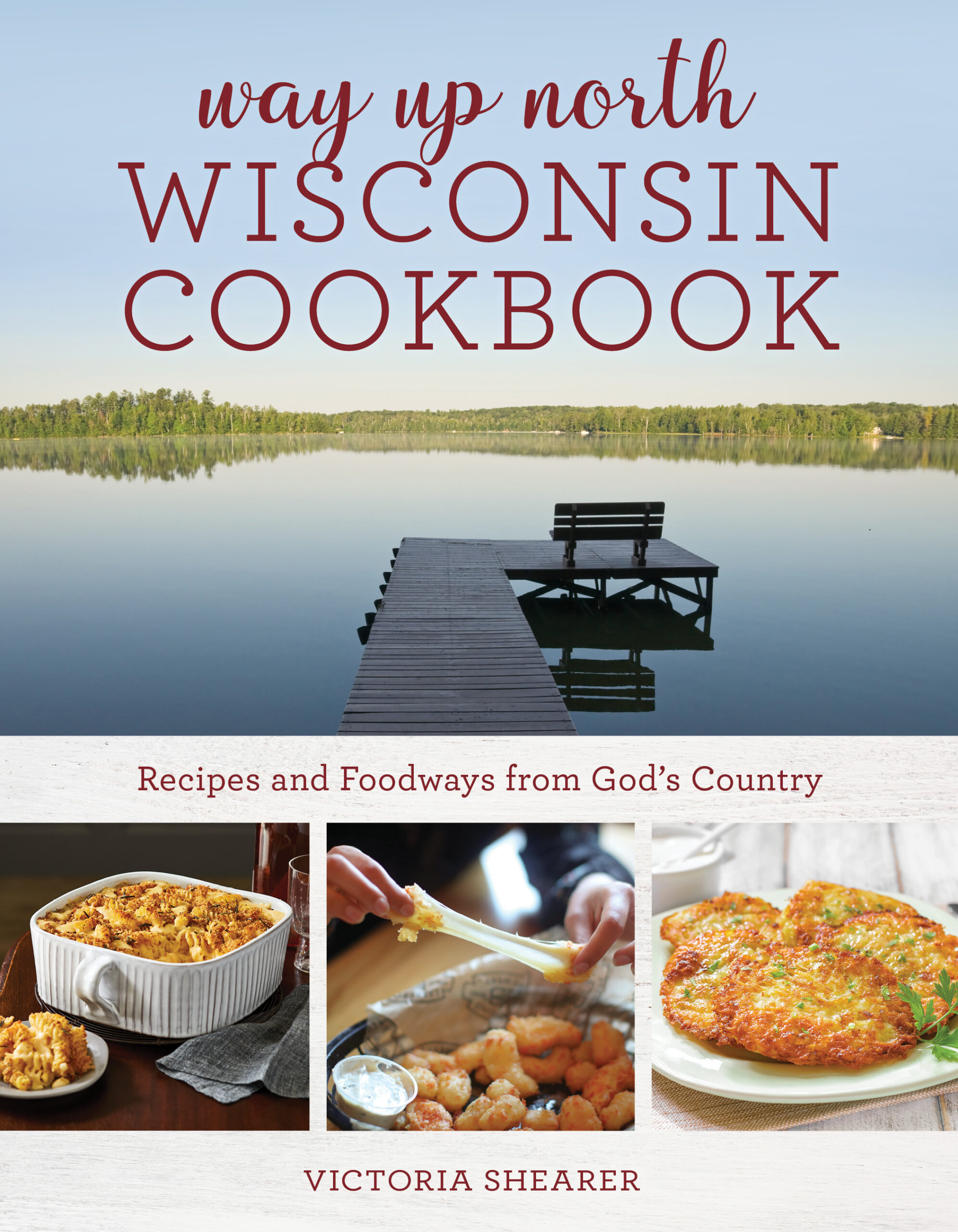
KAK: Sausage is such a staple in the state, wherever you go. How do you make beer brats the right way?
VS: I make them what I’ve always known as Sheboygan style. You simmer them in beer and onions until they’re kind of par-cooked, and then you put them on the grill and get a good char on them. Then you put them back in the beer and onions and let them simmer in there until you’re ready to eat. It’s a perfect way to cook brats for a great big picnic, because everybody can serve themselves when they want to
KAK: We’re in the thick of strawberry season right now, and you have a recipe for “drunken strawberries with almond whipped cream,” served in a wine glass. How do we make them?
VS: It’s a quart of strawberries and half a cup of sugar, and then the Grand Marnier. You let it macerate the flavors together, and then simply put them in a wine glass, and you top it with your toasted almonds and whipped cream that you put almond extract in. So you’ve got that almondy flavor, combining with the sweetness of the strawberries, and it’s divine. And it’s a really pretty dessert when you put it in a tulip wine glass.
KAK: What is the story of the pasty and how does it fit into the up north Wisconsin culture?
VS: They came over with the miners. The English in Cornwall would take these pies down in the mine in a little pot so that it would stay hot. The crust is kind of a rolled crust around half of it, like a half-moon meat pie. They would hold on to that part of the crust so they wouldn’t get the iron dust or copper dust mixed in with their food and poison themselves.
But in northern Wisconsin, we’ve taken it a little further than that traditional Cornish pasty, which has cut up meat and rutabagas with the potatoes. Once the lumberjacks, the Finns, the Norwegians and the people that settled northern Wisconsin got a hold of them, they changed it up a little bit and made brown beef. And now in Wisconsin, you can get just about anything in a pasty.
